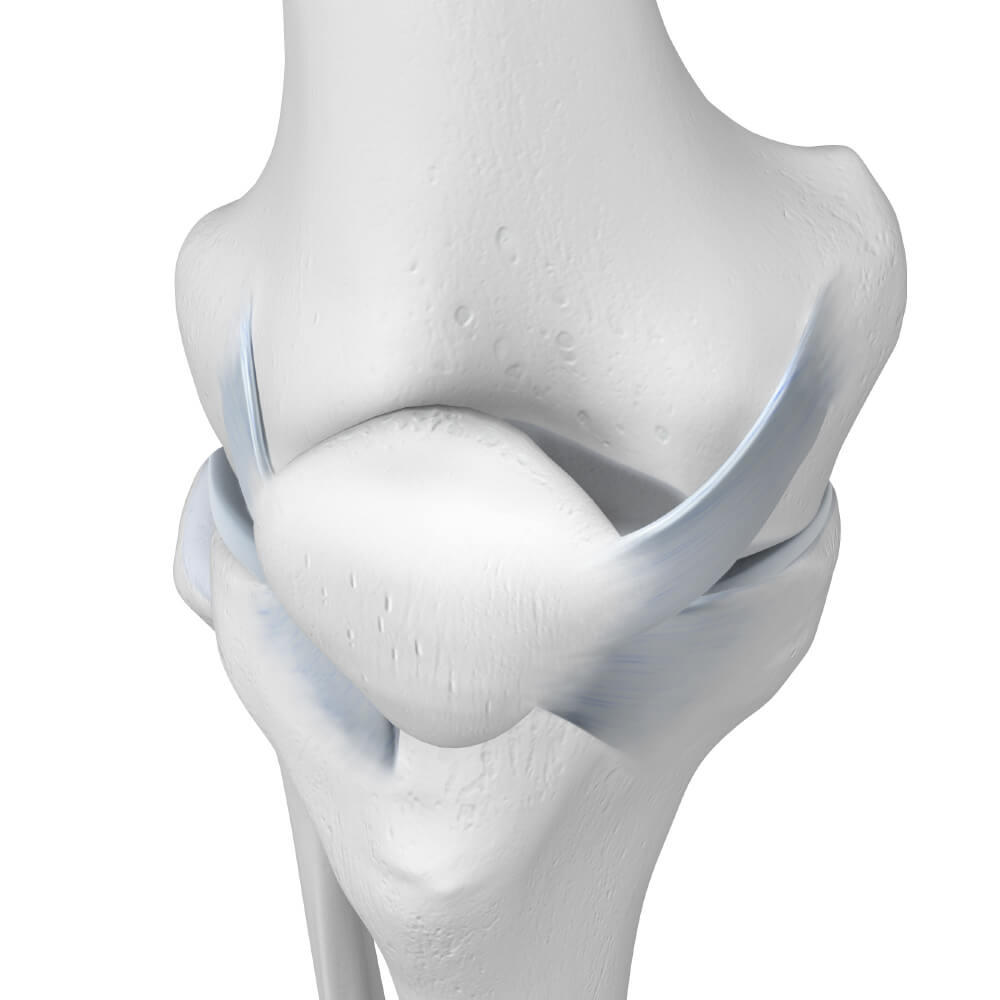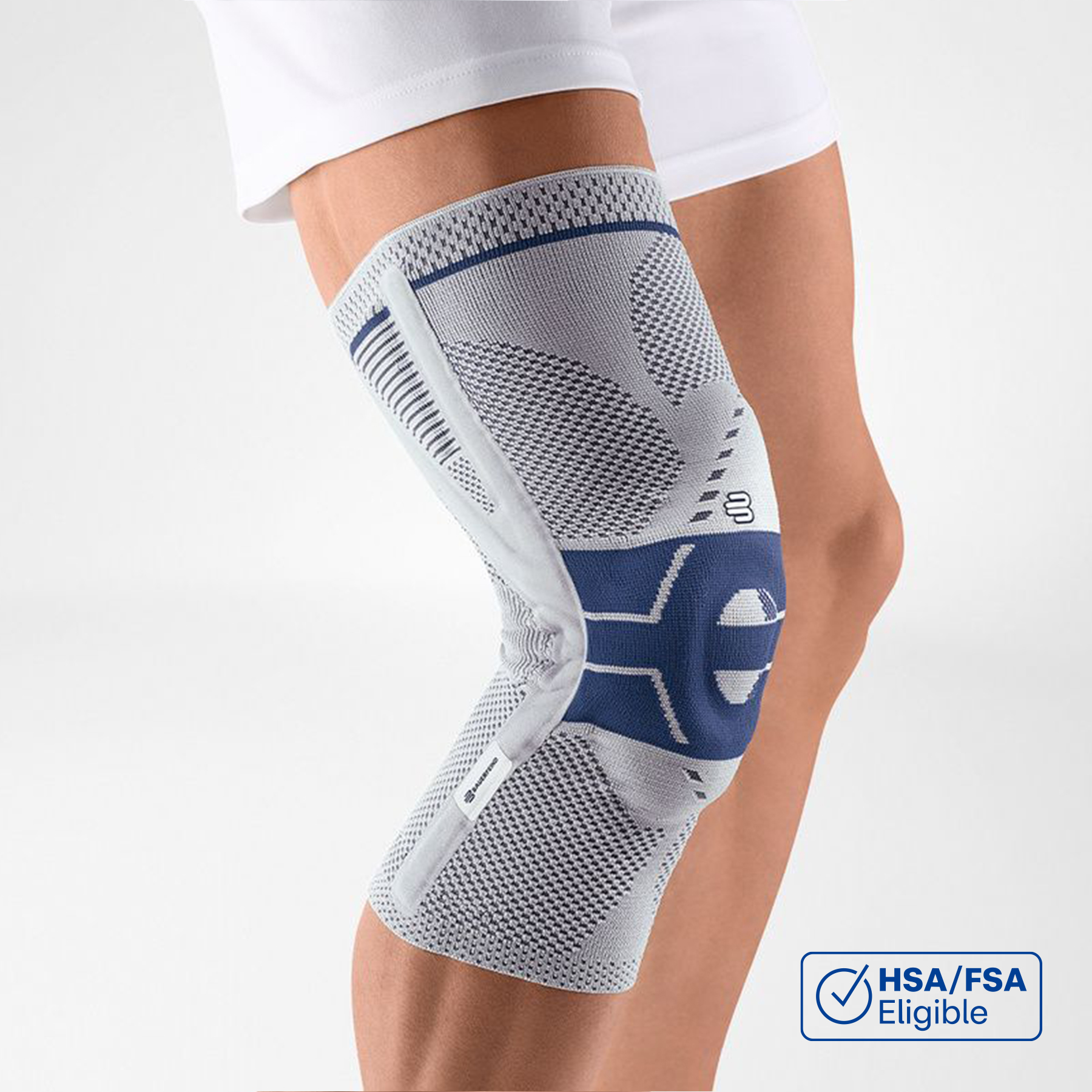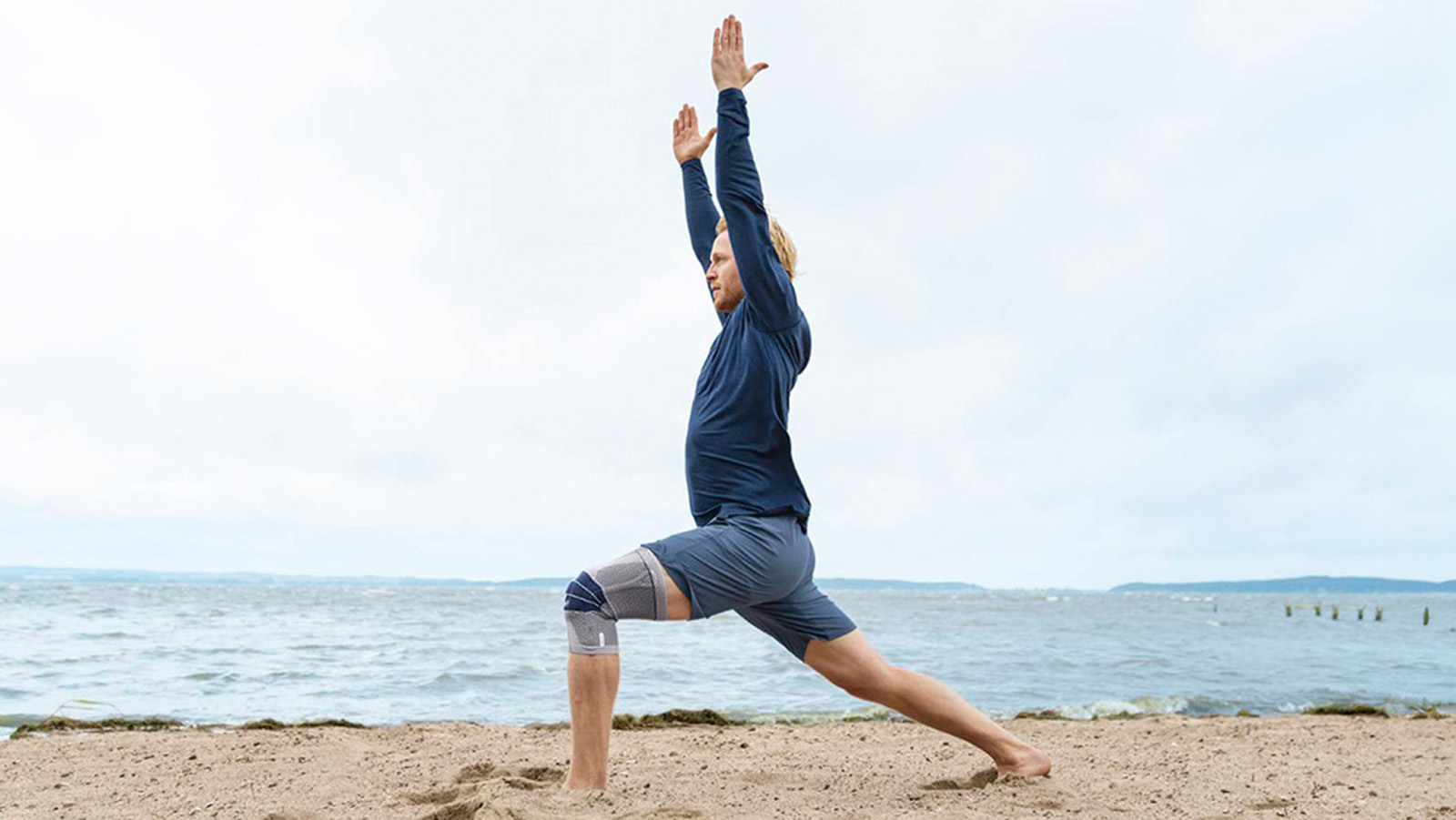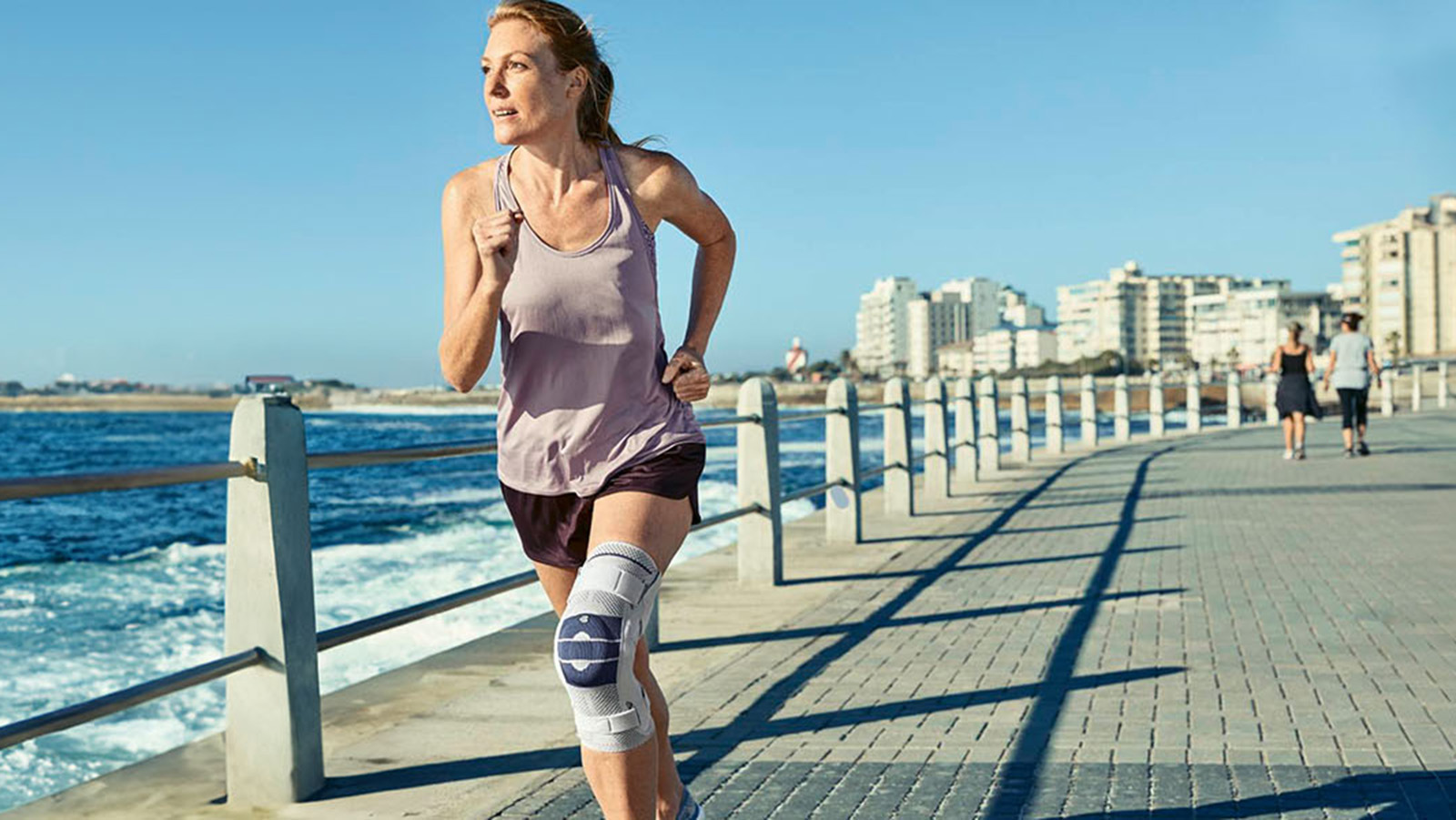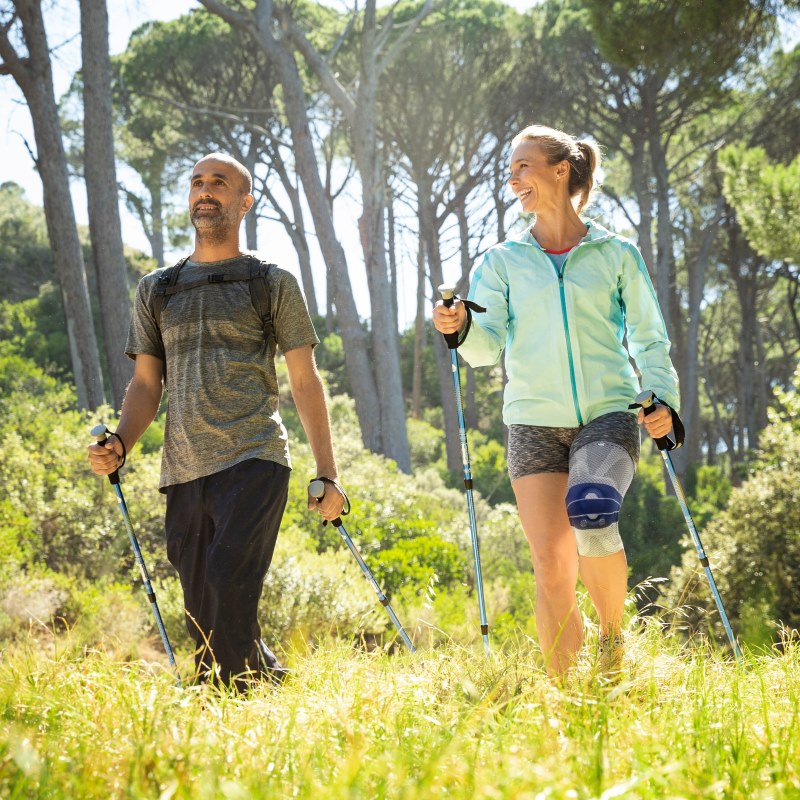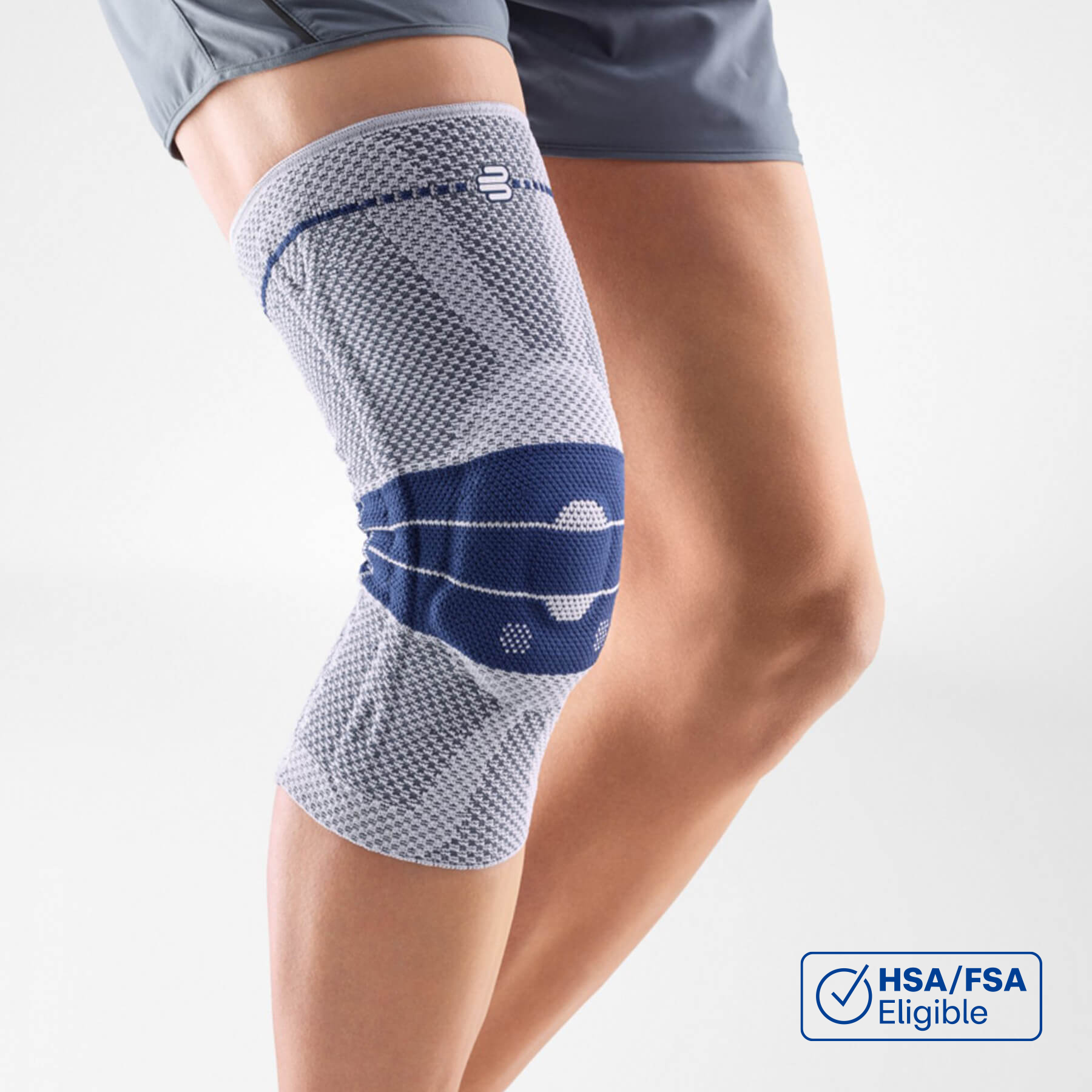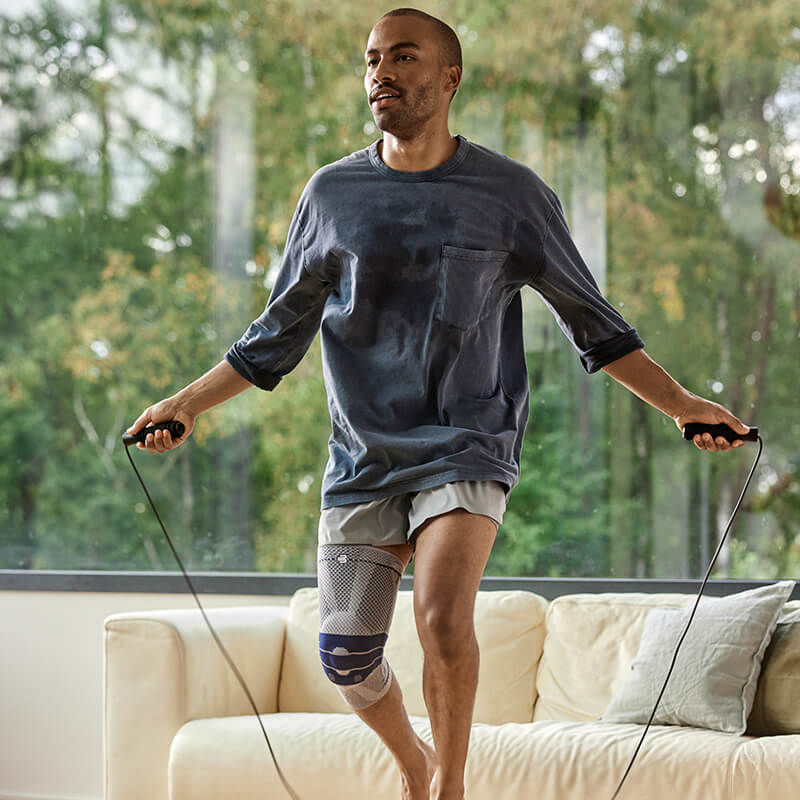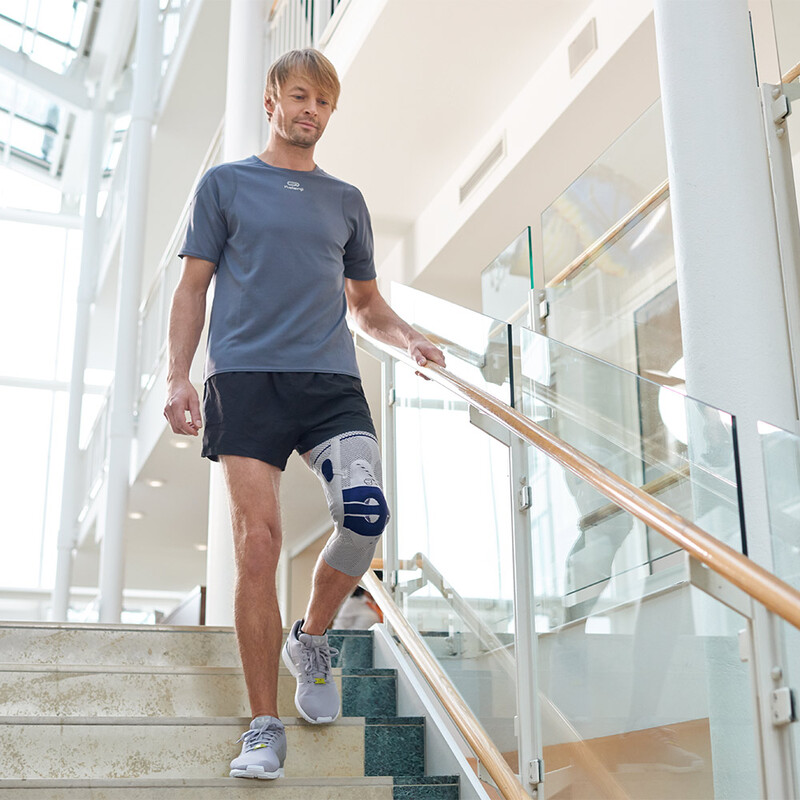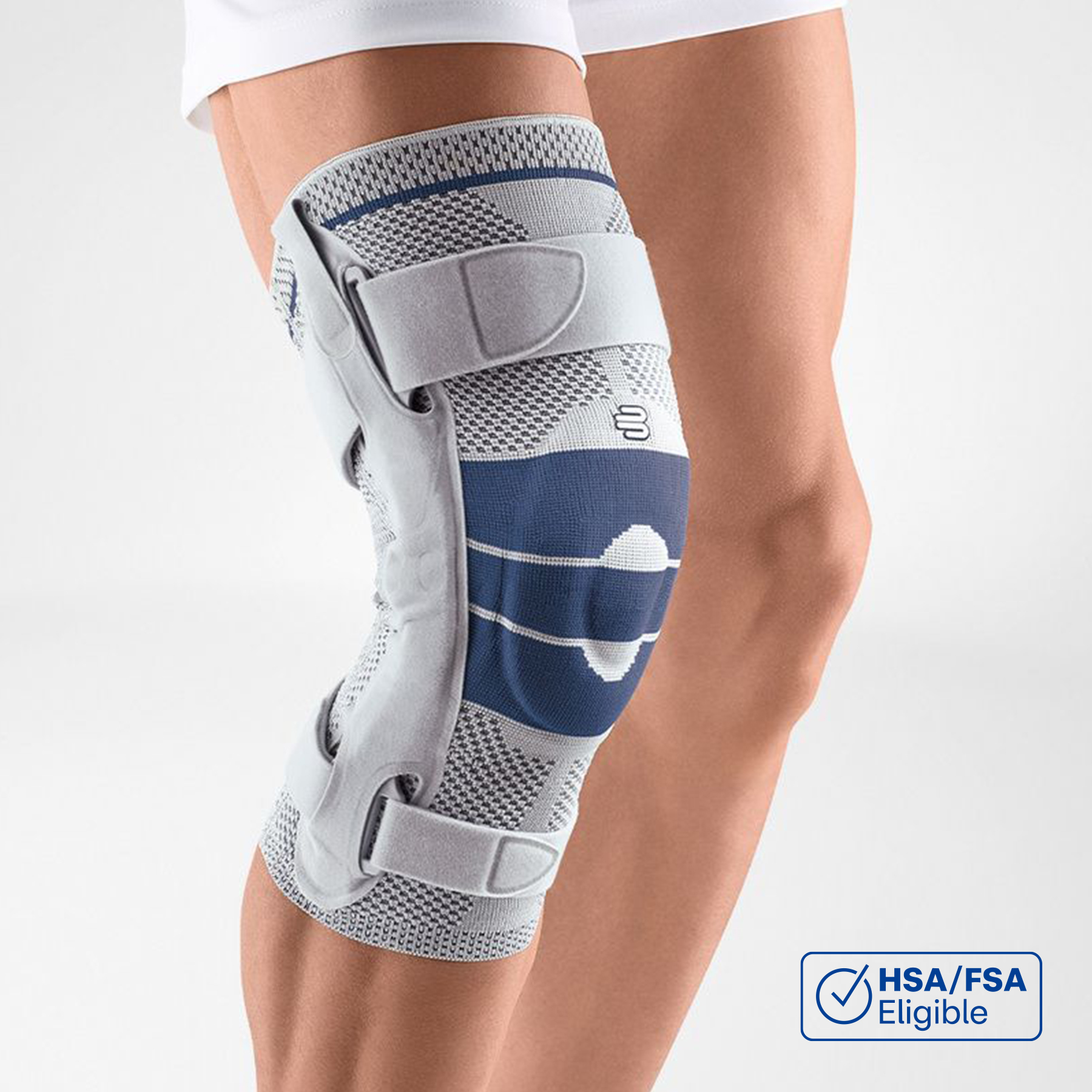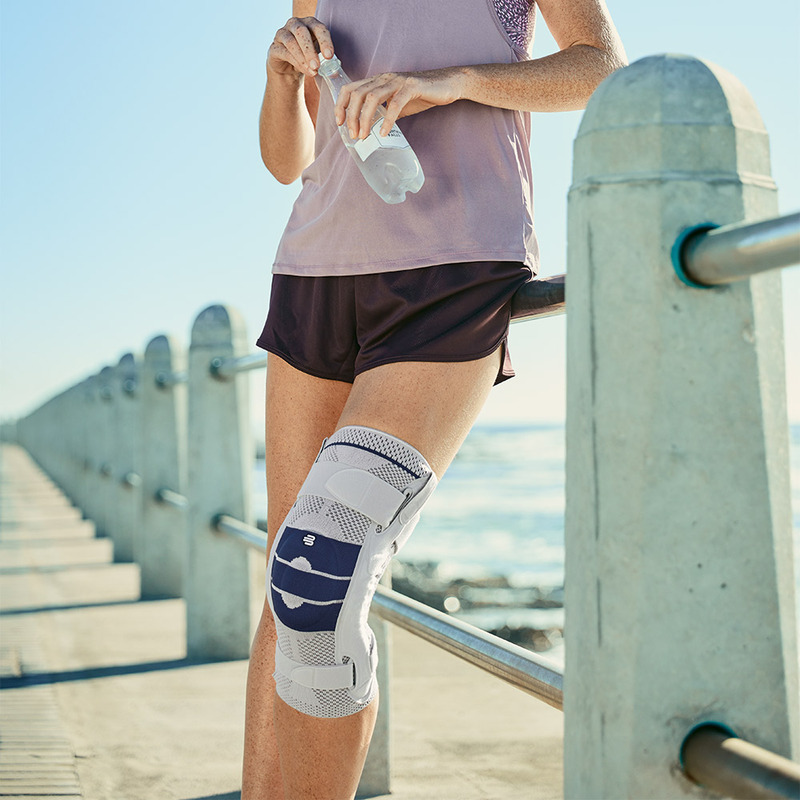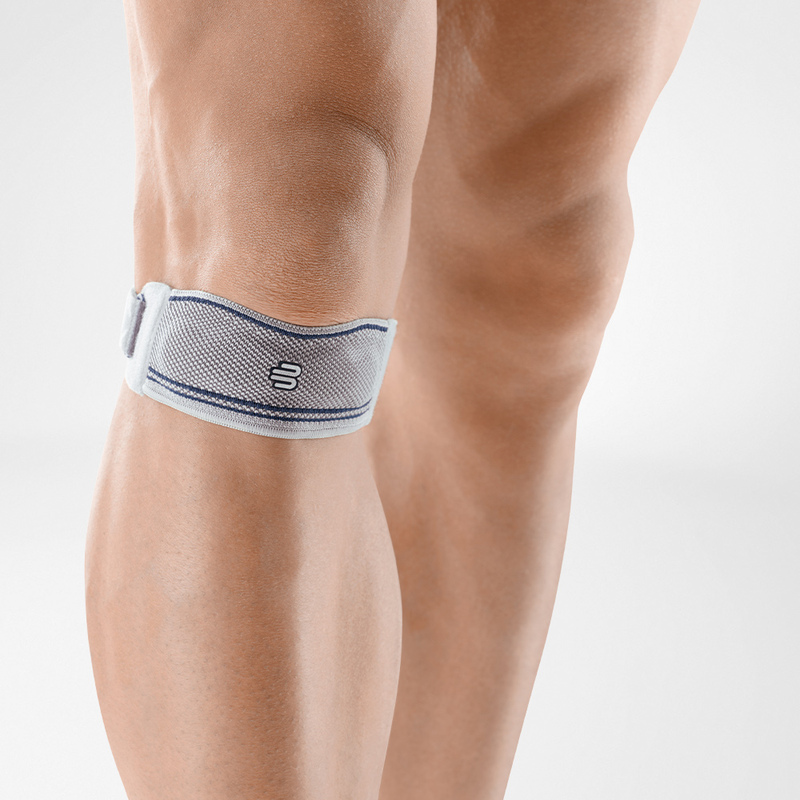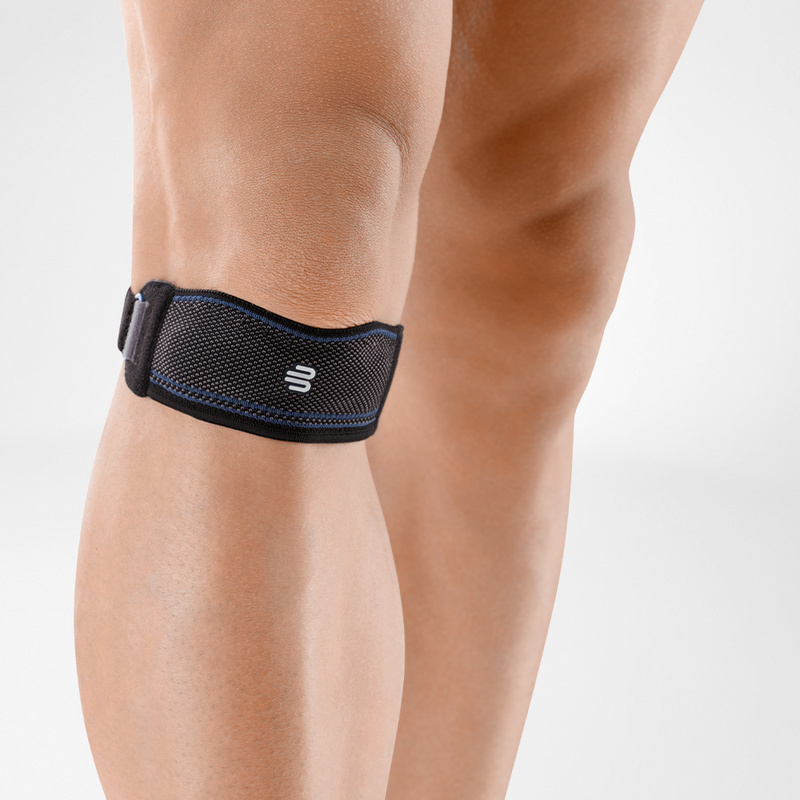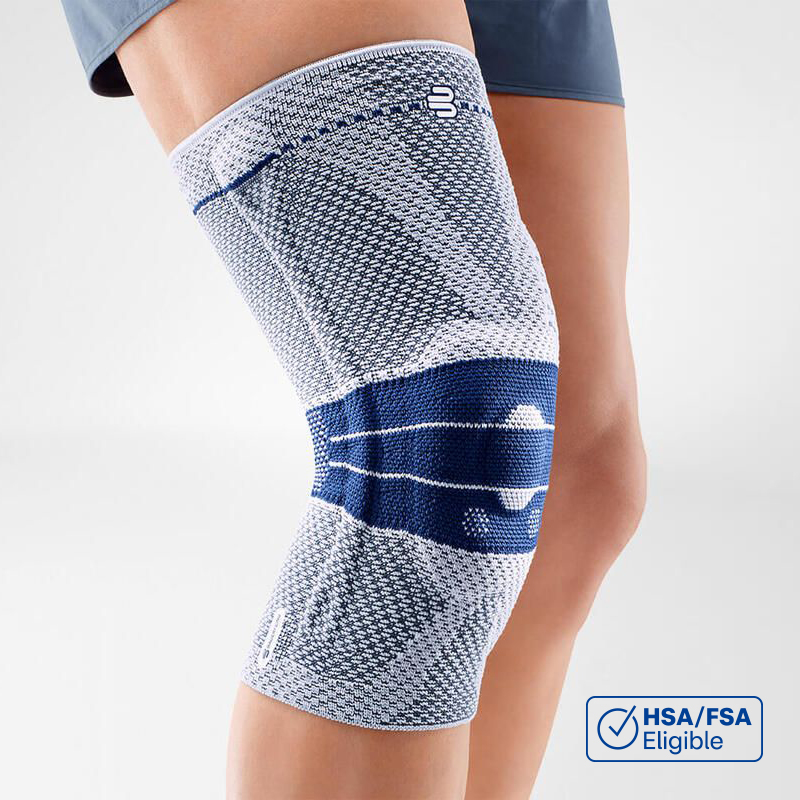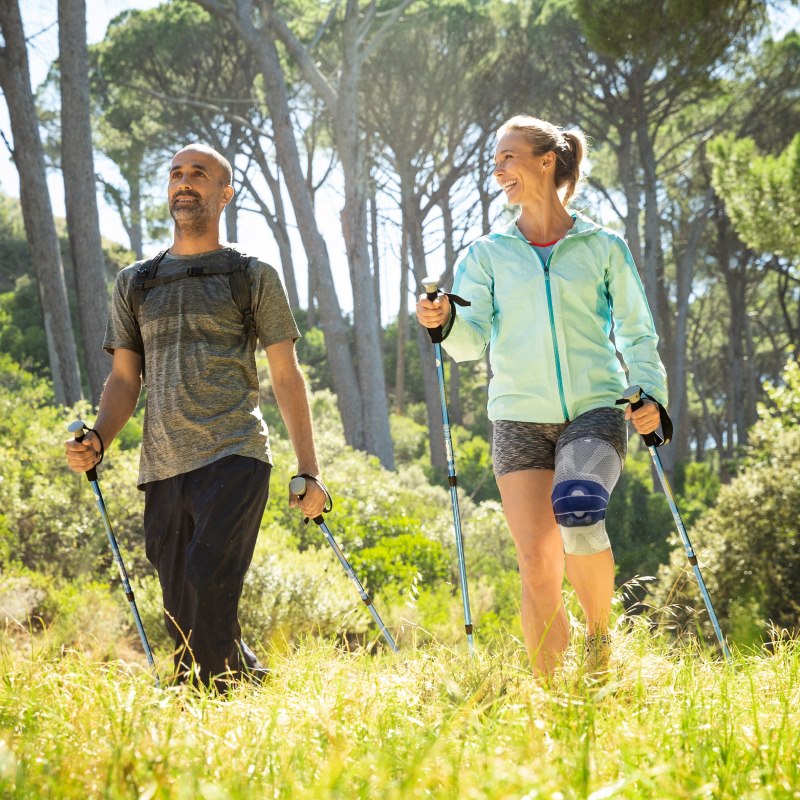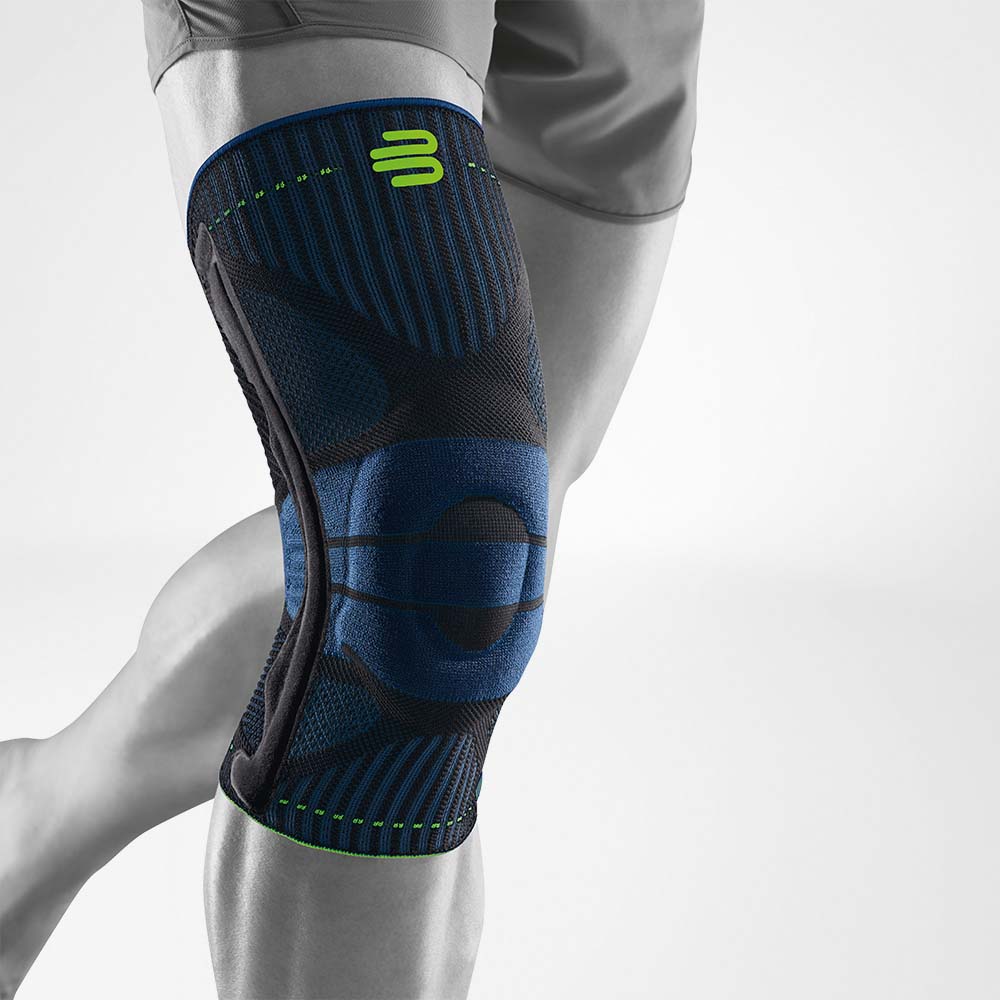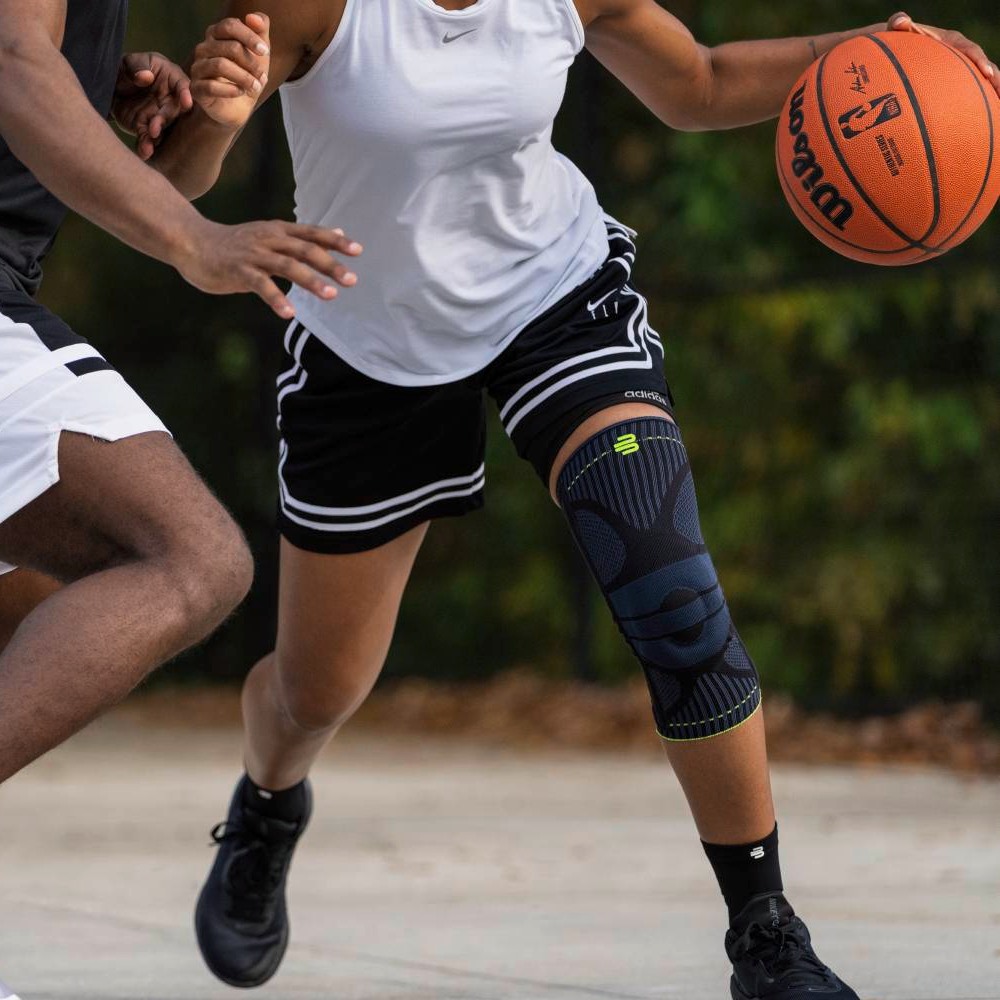Patellar Tracking Disorders
Pain in the front of the knee while climbing stairs, squatting or jumping
Do you experience pain in the front of your knee that gets worse while climbing stairs, squatting or jumping? Do you feel like your knee cap shifts out of place while being active? This could be a sign of a patella tracking disorder or subluxation. Find out more about causes, symptoms and treatment options here.
Symptoms of Patellar Tracking Disorders
The knee joint connects the thigh and calf with a system of muscles and tendons. The knee cap (patella) glides in a v-shaped groove (trochlea) while bending and stretching the leg. Patella instability occurs when the patella does not move properly in its groove due to anatomical malformation or muscular imbalances. During subluxation, the patella temporarily dislocates but “snaps” back into its original position. A complete dislocation usually occurs after injury or several subluxations of the knee cap.
Other symptoms may include:
- You might feel dull pain at the front of your knee or around your kneecap.
- Pain while, jumping, squatting, kneeling or walking up and down stairs
- Swollen or stiff knee
- Grinding, popping, slipping or catching feeling when you bend or stretch your knee
- Feeling that your knee can't support your weight and is giving way
Patellar Tracking Disorder
Also known as kneecap or patellar instability
- The knee cap moves out of its usual path in a lateral, mostly outward direction. In some cases the knee cap tilts inwards.
- Causes for this are often muscular imbalances, an anatomical malformation or a kneecap deformity.
Patellar Subluxation
- A partial and temporary dislocation of the knee cap.
Patellar Dislocation
- Complete dislocation of the knee cap, usually after injury
- Signs of a patellar dislocation are a visually deformed knee with buckling of the knee cap and severe pain
When to see a doctor
If you suspect having a dislocated kneecap, see a doctor immediately as the kneecap has to be put back in place.
Cause for Patellar Tracking Disorders
Depending on the circumstances of the patellar instability, the condition can be acute after an injury or chronic due to biomechanical problems affecting your knee. These can be hereditary or develop over time. Most of the time patellar instability is not due to one specific cause, but rather a series or combination of causes:
- Structural problems affecting the alignment and function of the knee
- Cartilage damage
- Muscle weakness or tightness e.g. tight quadriceps
- Excessive strain during exercise - sports requiring a lot of running, jumping, squatting or bending and twisting of the knee
- Twisting motion in your legs while playing soccer or basketball
- Valgus malalignment (knock-knees)
- Tibia lateral rotation (feet pointing outward)
- Lax tendons supporting your knee (hyperlaxity)
- Ankle Pronation (ankles rolling inward)
- Flat foot arch
- Being overweight
- Knee injury
After examining your joint closely, your doctor might use other diagnostic imaging, like X-ray, computed tomography (CT) or magnetic resonance imaging (MRI) to determine the exact cause of your patellar tracking issues.
Treating a Patellar Tracking Disorder
The most important component of treatment is to alleviate pain immediately. Depending on the cause of the patella tracking, treatment may involve a combination of:
Home Remedies
- RICE Therapy (Rest, Ice, Compression, Elevation) to relieve pain and avoid excessive strain
- A compression knee support like GenuTrain P3 to stabilize the knee joint and keep the kneecap in place
- Over the counter anti-inflammatory medication (NSAIDs) such as Ibuprofen to reduce pain and inflammation
- Specialized insoles to support the foot and decrease pressure on the knee
- Crutches to take the weight of the knee
- Maintain a healthy weight
Advanced Therapy
- Physical Therapy exercises to strengthen the muscles around the knee and leg
- Surgery may be needed after severe or multiple dislocations of the knee cap
GenuTrain P3
With two massage pads and a corrective guide securing the knee cap, the GenuTrain P3 knee support provides joint stability and pain relief for patients experiencing patellar tracking disorders.
Recovery Time
The recovery time for an unstable knee cap depends on the injury or underlying cause. Typically milder knee cap disorders heal with conservative therapy within a few weeks. However, more severe cases of patellar subluxation or dislocations might take some time to heal or manage the condition. The Bauerfeind GenuTrain P3 Knee Brace can help you getting you back to do what you love.
You might also be interested in:
Best Brace for a Swollen Knee
GenuTrain Knee Brace proven to relieve pain and swelling.
Best Knee Brace for Ligament Injuries
Secure and stabilize your knee with GenuTrain S
Best Knee Brace for Patella Tracking
GenuTrain P3 centers and secures the knee cap
Knee Osteoarthritis
Read about symptoms, causes and home remedies of chronic knee pain
This information is provided for general information purposes and should not be relied on as a substitute for medical advice, evaluation or care from a qualified and licensed health care provider. The information contained here is not to be considered a plan of care of physical therapy.

